Home>Interior Design>Best Types Of Paint For Children’s Rooms
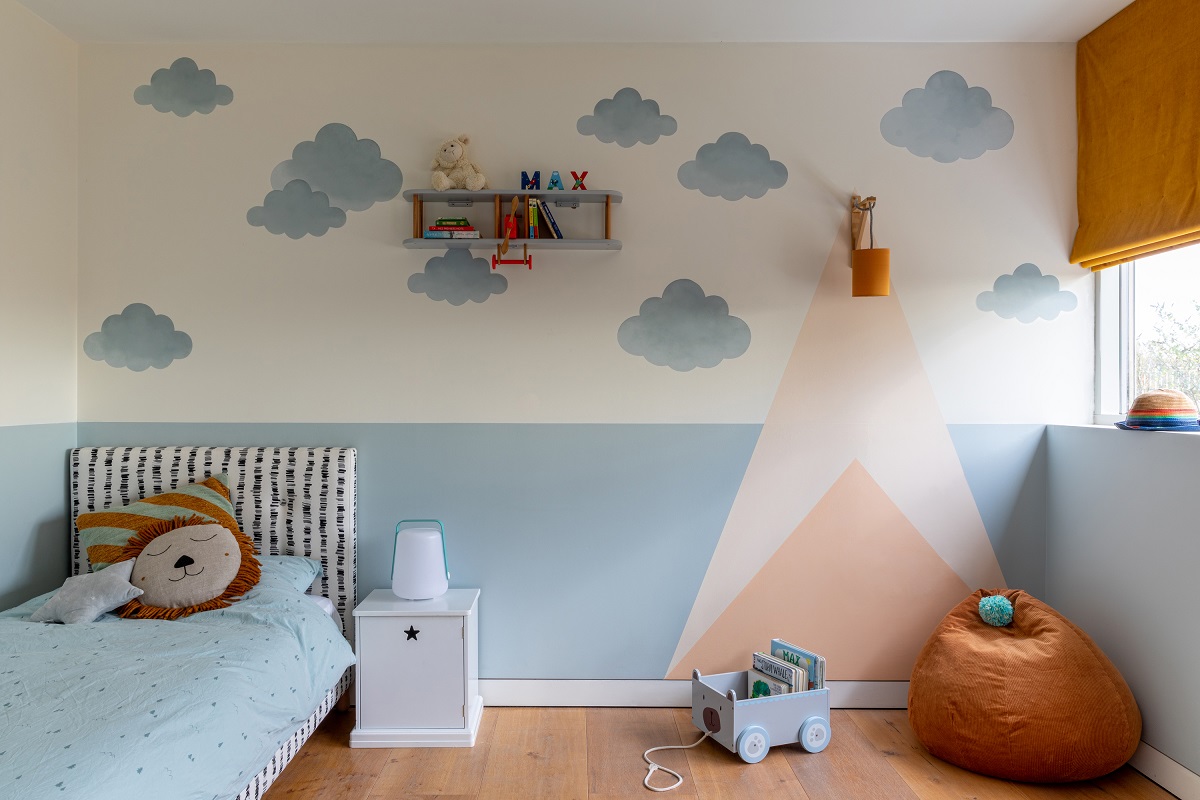

Interior Design
Best Types Of Paint For Children’s Rooms
Modified: January 19, 2024
Discover the best types of interior design paint for children's rooms. Transform your child's space with vibrant and durable colors that promote creativity and comfort.
(Many of the links in this article redirect to a specific reviewed product. Your purchase of these products through affiliate links helps to generate commission for Storables.com, at no extra cost. Learn more)
Introduction
Designing a children’s room is an exciting and creative process. It’s a space where kids can let their imaginations run wild and express their unique personalities. When it comes to painting a children’s room, choosing the right type of paint is crucial. Not only does it need to be visually appealing, but it also needs to be safe and durable.
In this article, we will explore some of the best types of paint for children’s rooms. From water-based paints to washable options, we’ll cover a range of choices that are not only aesthetically pleasing but also meet the durability requirements of a kid-friendly environment.
Key Takeaways:
- Choose water-based paints for children’s rooms for safety, durability, and environmental friendliness. Their wide range of colors and easy clean-up make them an excellent choice for creating a vibrant and kid-friendly atmosphere.
- Consider glow-in-the-dark paints to add a touch of magic and wonder to a children’s room. Their captivating glow creates a dreamy atmosphere, sparking imagination and filling the room with mystique.
Read more: How To Store Children’s Toys In Living Room
Water-based Paints
Water-based paints are a popular choice for children’s rooms due to their ease of use, low odor, and quick drying time. These paints are available in a wide range of colors, making it easy to find the perfect shade to match your child’s taste and the overall theme of the room.
One of the main advantages of water-based paints is that they are non-toxic and safe for children. They do not contain harsh chemicals, such as volatile organic compounds (VOCs), which are often found in oil-based paints. This makes water-based paints a healthier option, especially for children who may spend a significant amount of time in their bedrooms.
Water-based paints also have excellent durability and are easy to clean. Any spills or marks can be wiped away with a damp cloth, making it convenient for parents to maintain the room’s cleanliness. Additionally, these paints are resistant to fading and can withstand the wear and tear of everyday activities.
Another advantage of water-based paints is that they are environmentally friendly. They have a significantly lower impact on the environment compared to oil-based paints, as they contain fewer toxic chemicals and have a lower carbon footprint.
When purchasing water-based paints, look for those labeled “low VOC” or “zero VOC” to ensure the lowest possible levels of harmful chemicals. These paints are not only safer for your child’s health but also for the overall indoor air quality of your home.
Overall, water-based paints offer a great combination of safety, ease of use, durability, and environmental friendliness. With their wide range of colors and convenient clean-up, they are an excellent choice for creating a vibrant and kid-friendly atmosphere in any children’s room.
Acrylic Paints
Acrylic paints are another popular option for painting children’s rooms. They are known for their versatility, vibrant colors, and fast-drying properties. Acrylic paints are water-based but contain pigments suspended in acrylic polymer emulsion, giving them a thicker consistency compared to traditional water-based paints.
One of the main advantages of acrylic paints is their ability to adhere well to various surfaces, including walls, wood, and canvas. This makes them ideal for creating unique and customized designs in a children’s room. With acrylic paints, you can easily create bold patterns, intricate details, or even personalized murals to bring your child’s imagination to life.
Furthermore, acrylic paints are known for their longevity and resistance to fading. Once dried, they become water-resistant, ensuring that the colors stay vibrant over time. This durability is particularly important in children’s rooms where walls may be subject to frequent cleaning or accidental spills.
In terms of safety, acrylic paints are generally considered non-toxic once they have dried. However, it is still recommended to use caution and supervise children during the painting process to avoid ingestion or contact with eyes. It’s always a good idea to opt for acrylic paints labeled as “non-toxic” or “safe for children” to ensure added peace of mind.
Acrylic paints offer a wide range of colors, including metallic and fluorescent options that can add a touch of excitement to any children’s room. They can also be easily mixed to create custom shades or diluted with water for a more transparent effect. This versatility allows for endless creative possibilities and allows children to express their personalities through color.
Keep in mind that acrylic paints dry quickly, so it’s important to work efficiently and clean brushes and palettes promptly to prevent them from hardening. With proper care and maintenance, acrylic paints can be a fantastic choice for adding vibrancy and artistic flair to a children’s room.
Tempera Paints
Tempera paints have long been a favorite for children’s art projects and are a great option for painting children’s rooms. These paints are composed of pigments mixed with a water-soluble binder, such as egg yolk or gum Arabic, which gives them a smooth and creamy consistency.
One of the main advantages of tempera paints is their washability. They are designed to be easily cleaned from surfaces, including clothing and furniture, with soap and water. This makes them an ideal choice for children’s rooms where spills and accidents are bound to happen.
Tempera paints come in a wide range of vibrant colors, allowing children to explore their creativity and experiment with different color combinations. They can be used to create bold designs, intricate patterns, or even whimsical scenes on the walls of a children’s room.
In addition to their washability, tempera paints are also known for their quick-drying properties. This means that little ones won’t have to wait long to admire their artwork on the walls. It also makes it easier to layer colors and add details without worrying about smudging or blending.
While tempera paints are generally considered safe for children, it is important to supervise young artists during the painting process and ensure proper ventilation. Some children may have allergies to specific ingredients in tempera paints, so it’s advisable to check the labels and choose products that are marked as non-toxic and safe for children’s use.
Beyond their use on walls, tempera paints can also be applied to other surfaces, such as canvas, cardboard, or paper, allowing children to explore different artistic mediums. They can be easily mixed to create custom colors or diluted with water for a more transparent effect.
Overall, tempera paints are an excellent choice for painting children’s rooms. Their washability, vibrant colors, and quick-drying properties make them a popular option for young artists. Whether used to create a mural or add artistic details, tempera paints provide a versatile and safe way to bring imagination to life on the walls of a children’s room.
Chalkboard Paints
Chalkboard paints have gained popularity in recent years as a creative and functional choice for children’s rooms. This type of paint, as the name suggests, transforms a wall or surface into a chalkboard-like finish, allowing children to draw, write, and express themselves freely.
One of the main advantages of chalkboard paints is their versatility. They can be used on walls, doors, or even furniture to create a fun and interactive space for children. This type of paint is available in various colors, including the classic black, as well as more vibrant options, providing flexibility when designing a children’s room.
The textured surface created by chalkboard paint is great for fostering creativity and encouraging artistic expression. Kids can use regular chalk to draw pictures, write words, or play educational games directly on the wall. Additionally, chalkboard paints can stimulate imaginative play, as children can transform their room into a classroom, café, or magical kingdom.
Another benefit of chalkboard paints is their durability. Once applied and properly cured, the surface becomes resistant to scratches and smudges, ensuring that children’s artwork remains intact. Chalk can be easily wiped away with a damp cloth or an eraser, allowing for endless creations and room transformations.
In terms of safety, it is important to choose chalkboard paints that are certified non-toxic and safe for children. Some products may contain VOCs or other harmful chemicals, so it’s essential to read the labels and choose paints that adhere to rigorous safety standards.
Chalkboard paints offer the opportunity for interactive learning and creativity within a children’s room. From practicing writing and math skills to playing games and expressing ideas, this type of paint can turn any wall into an educational and interactive space.
It’s worth noting that some chalkboard paints may leave a faint residue when erased. It’s a good idea to test a small area before covering an entire wall to ensure it meets your expectations.
Overall, chalkboard paints provide an engaging and versatile option for painting children’s rooms. They encourage creativity, foster learning, and provide a unique and interactive element to the space. Whether used for drawing, writing, or playing, chalkboard paints can transform a room into a canvas for endless exploration and self-expression.
Look for non-toxic, washable paints with low VOCs for children’s rooms. These paints are safe for kids and easy to clean, making them ideal for a playful and creative space.
Read more: What Type Of Paint To Use In Laundry Room
Glow-in-the-Dark Paints
When it comes to creating an enchanting and whimsical atmosphere in a children’s room, glow-in-the-dark paints are a fantastic choice. These paints, as the name implies, have the unique ability to emit a bright and ethereal glow in the dark, creating a magical ambiance that children will love.
Glow-in-the-dark paints can be applied to walls, ceilings, or even furniture to add a captivating glow to the room. They are available in various colors, including green, blue, and pink, allowing you to choose a shade that complements the overall theme of the room.
Children are often fascinated by things that glow in the dark, and these paints offer a perfect opportunity to create a captivating and interactive space. Whether used to paint stars on the ceiling or create glowing shapes on the walls, glow-in-the-dark paints add a touch of wonder and excitement to a child’s room.
One of the main advantages of glow-in-the-dark paints is their ease of use. They can be applied with a brush or a roller, just like regular paints. To achieve the best results, it’s essential to apply several thin coats of the paint, allowing each layer to dry before adding the next one.
When exposed to natural or artificial light, glow-in-the-dark paints absorb energy and store it. As the room darkens, these paints release the stored energy in the form of a luminous glow. This effect can last for several hours, creating a soothing and mesmerizing environment for children to sleep or play in.
In terms of safety, it is crucial to choose glow-in-the-dark paints that are certified non-toxic and safe for use in children’s rooms. These paints should be free from harmful chemicals and should comply with safety standards to ensure the well-being of children.
Glow-in-the-dark paints can be a great addition to a children’s room, especially for those who may have a fear of the dark. The gentle glow emitted by these paints provides a sense of comfort and security, making bedtime a more peaceful experience.
It’s important to note that the intensity and duration of the glow may vary depending on factors such as the amount of light exposure and the quality of the paint. It’s advisable to read the manufacturer’s recommendations and instructions for the best results.
Overall, glow-in-the-dark paints offer a unique and enchanting way to transform a children’s room into a magical space. With their ability to emit a captivating glow in the dark, these paints create a dreamy atmosphere that sparks the imagination and fills the room with wonder.
Washable Paints
When it comes to children’s rooms, messes are inevitable, especially when it involves creative activities like painting. That’s where washable paints come in handy. Washable paints are formulated to be easily cleaned from various surfaces, making them an excellent choice for painting children’s rooms.
One of the main advantages of washable paints is their ability to be removed with just soap and water. Whether it’s a spill on the floor, a smudge on the wall, or a mark on furniture, these paints can be easily wiped away, minimizing the impact of accidental messes. This makes cleaning up after art projects a breeze and helps to maintain a tidy and organized space.
Washable paints are available in a wide range of colors, including vibrant hues and pastel shades, allowing for endless creativity and customization in a children’s room. Kids can express their personalities and create art on the walls without the worry of permanent stains or damage.
Another advantage of washable paints is their durability. They are designed to withstand frequent cleaning without fading or losing their vibrancy. This is particularly important in children’s rooms where walls may be subjected to constant touching, wiping, and cleaning.
In addition to being easy to clean, washable paints are also usually non-toxic and safe for children. It’s important to look for paints labeled as “non-toxic” or “safe for children” to ensure their use is harmless. However, it is still recommended to supervise young artists during painting and follow the manufacturer’s instructions for safe usage.
Using washable paints in a children’s room not only encourages creativity and self-expression but also allows children to explore their artistic side without the worry of permanent damage. With washable paints, parents and caregivers can promote a positive and stress-free environment for children to freely express themselves.
When choosing washable paints, consider factors such as the paint’s washability, durability, and safety. Look for paints specifically designed for children’s use, as they are formulated to be easy to clean and safe for little ones.
Overall, washable paints offer convenience, peace of mind, and the opportunity for children to freely explore their artistic abilities. With their easy clean-up and vibrant colors, these paints make it possible to create an inviting and creative space in a children’s room without the worry of permanent stains and messes.
Non-toxic Paints
When it comes to painting a children’s room, safety is of utmost importance. Choosing non-toxic paints ensures that the environment remains healthy and free from harmful chemicals. Non-toxic paints are specifically formulated to be safe for children, making them an ideal choice for creating a colorful and worry-free space.
One of the main advantages of non-toxic paints is the absence of volatile organic compounds (VOCs). VOCs are chemicals commonly found in traditional paints and can release harmful gases into the air, posing risks to both children and adults. Non-toxic paints, on the other hand, are made from natural or low VOC ingredients, significantly reducing the potential health hazards.
Non-toxic paints have undergone rigorous testing and comply with strict safety standards. They are free from lead, heavy metals, phthalates, and other toxic substances. This ensures that children can safely breathe in their rooms and reduces the risk of allergic reactions or long-term health effects.
In addition to being safe for children, non-toxic paints are also eco-friendly. They have a lower impact on the environment compared to traditional paints. These paints are often water-based, which means they have lower levels of toxic solvents and can be easily cleaned up with water. By choosing non-toxic paints, you are not only protecting your child’s health but also contributing to a more sustainable future.
Non-toxic paints come in a wide range of colors and finishes, allowing for endless possibilities when designing a children’s room. Whether you prefer bold and vibrant colors or soft and soothing pastels, there is a non-toxic paint option to suit your child’s preferences and the overall theme of the room.
When purchasing non-toxic paints, look for labels such as “non-toxic,” “zero VOC,” or “safe for children.” It’s important to read the product information to ensure compliance with safety standards. Additionally, follow proper ventilation measures and guidelines provided by the manufacturer when painting to ensure a safe and well-ventilated environment.
By opting for non-toxic paints in a children’s room, you can create a beautiful and safe space for your child to grow and thrive. These paints offer peace of mind, knowing that your child is not being exposed to harmful chemicals while still enjoying the benefits of a colorful and imaginative room.
Overall, non-toxic paints provide a safe and environmentally friendly option for painting a children’s room. They offer vibrant colors, durability, and the assurance that your child’s health is not compromised. With non-toxic paints, you can create a beautiful and safe haven for your child, fostering their creativity and well-being.
Conclusion
When it comes to painting a children’s room, choosing the right type of paint is crucial. Not only does it need to be visually appealing, but it also needs to be safe and durable. Throughout this article, we have explored some of the best types of paint for children’s rooms, each offering unique benefits and considerations.
Water-based paints, such as acrylic and tempera paints, are popular choices due to their ease of use, low odor, and quick drying time. They are non-toxic and offer a wide range of colors, allowing for endless creativity in a child’s room.
Chalkboard paints provide an interactive and educational element, allowing children to express themselves through drawing and writing directly on the walls. They can be easily cleaned and offer opportunities for imaginative play and learning.
Glow-in-the-dark paints add a touch of magic and wonder to a children’s room. With their ability to emit a captivating glow in the dark, they create a dreamy atmosphere that sparks the imagination and fills the room with mystique.
Washable paints are a practical choice for children’s rooms, as they can be easily cleaned from various surfaces. They allow for messes to be easily wiped away, maintaining a tidy and organized space for kids to explore their artistic side.
Non-toxic paints prioritize the safety and health of children. By being free from harmful chemicals, they provide peace of mind and create a safer environment for children to play and sleep in.
Ultimately, the type of paint you choose for a children’s room depends on factors such as personal preference, desired effects, and safety considerations. It’s important to take into account the specific needs of your child and the overall theme of the room when making your decision.
Remember to consider factors such as washability, durability, and environmental impact. Look for paints labeled as non-toxic, low VOC, or safe for children. Following the manufacturer’s instructions and proper safety measures during the painting process will ensure a successful and safe outcome.
With the right choice of paint, you can transform a children’s room into a vibrant, creative, and safe space that reflects your child’s unique personality. Whether using water-based paints, chalkboard paints, glow-in-the-dark paints, washable paints, or non-toxic paints, the possibilities for creating a beautiful and engaging environment are endless.
So, let your imagination run wild and have fun painting your child’s room with the best type of paint that suits their interests and your design vision. Watch as their room comes to life with color, creativity, and joy.
Frequently Asked Questions about Best Types Of Paint For Children's Rooms
Was this page helpful?
At Storables.com, we guarantee accurate and reliable information. Our content, validated by Expert Board Contributors, is crafted following stringent Editorial Policies. We're committed to providing you with well-researched, expert-backed insights for all your informational needs.

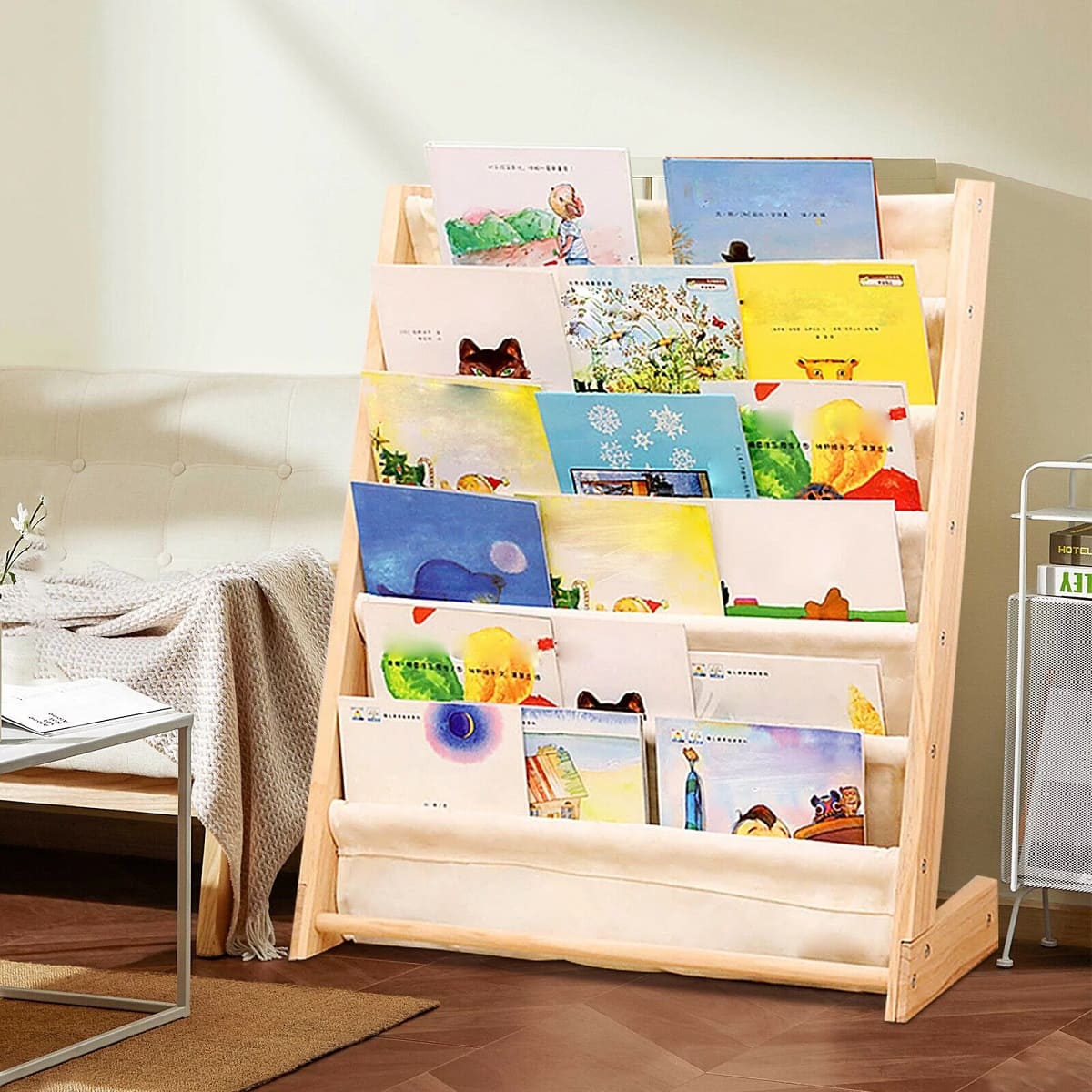
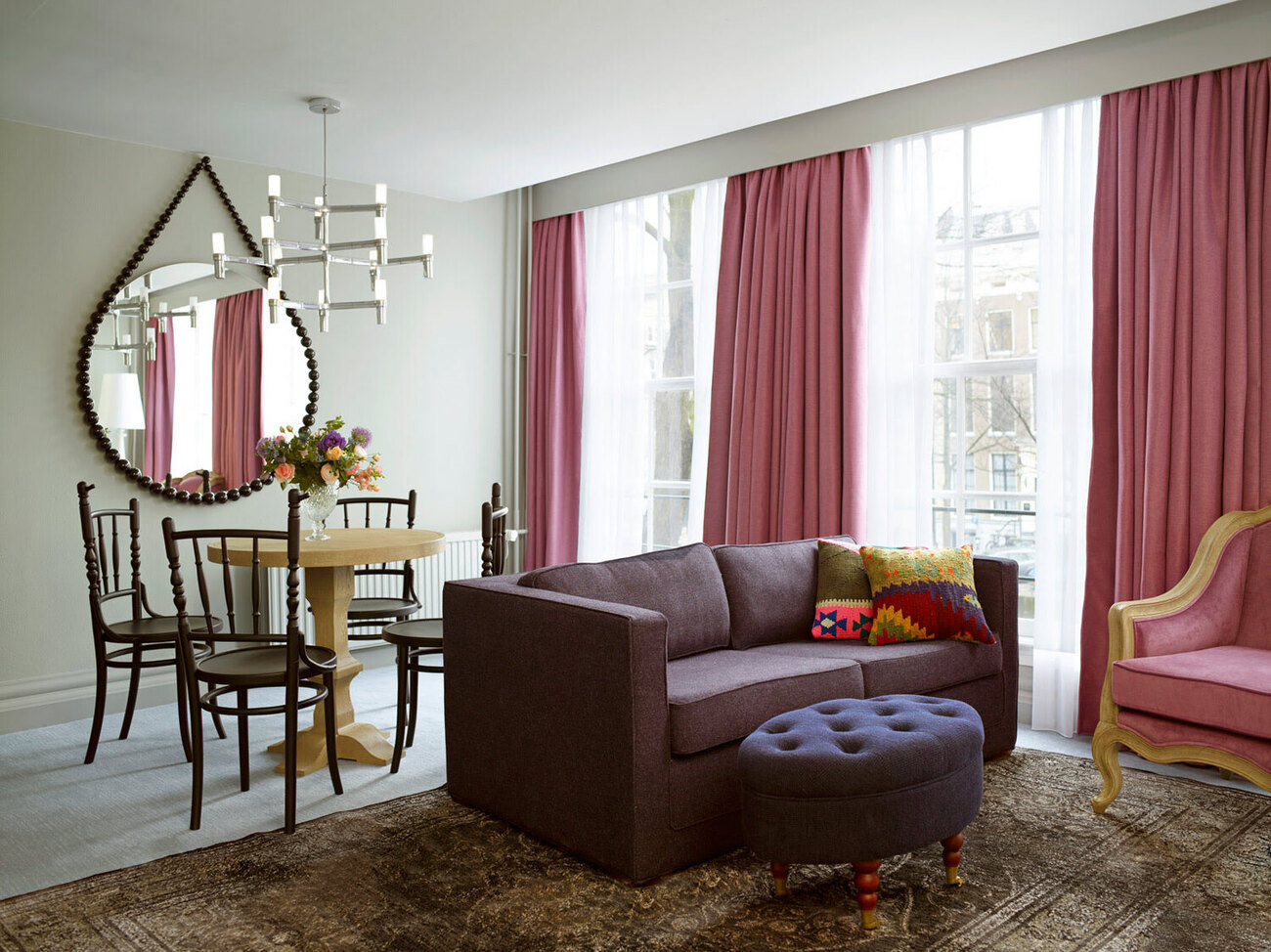
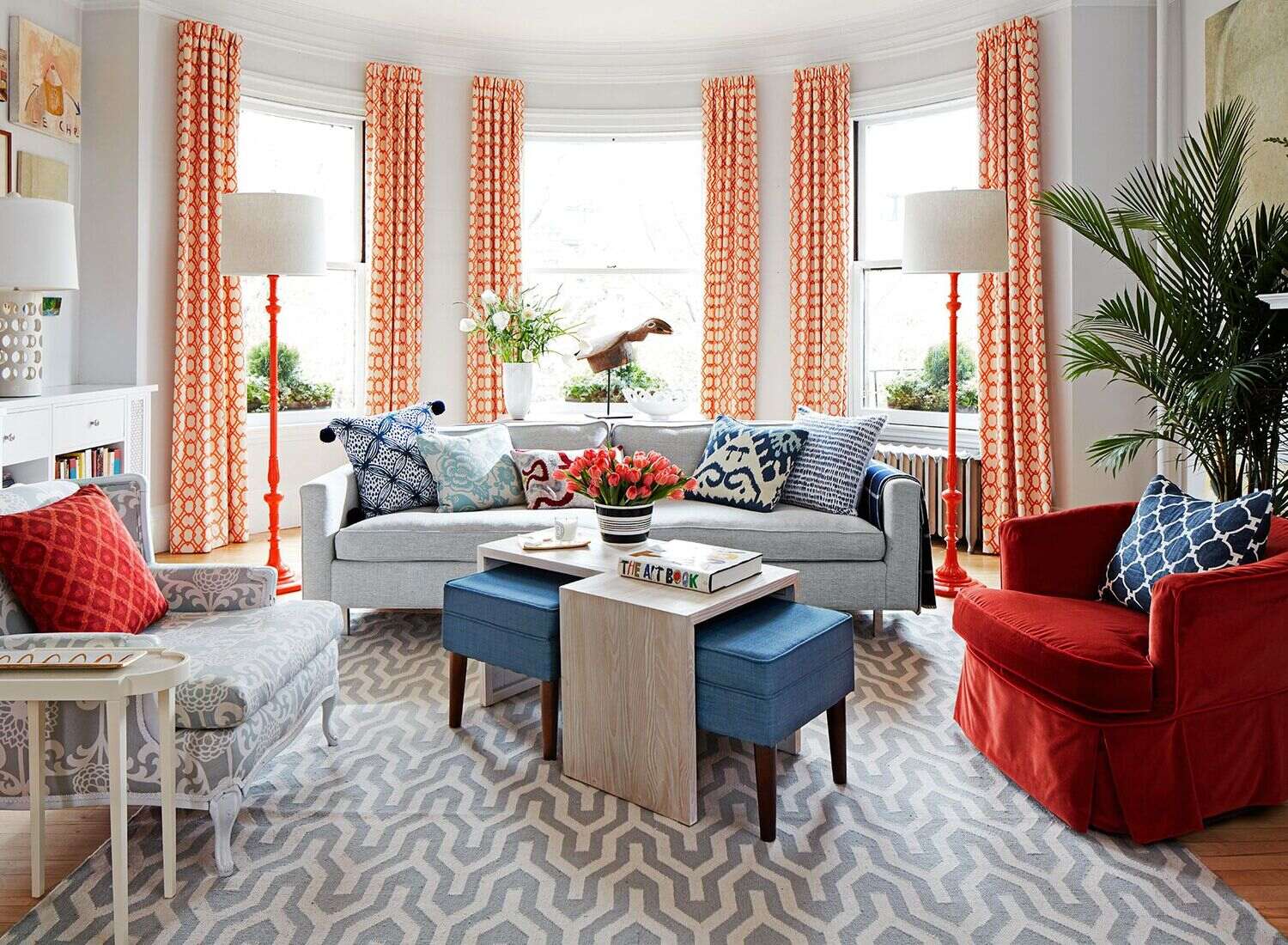
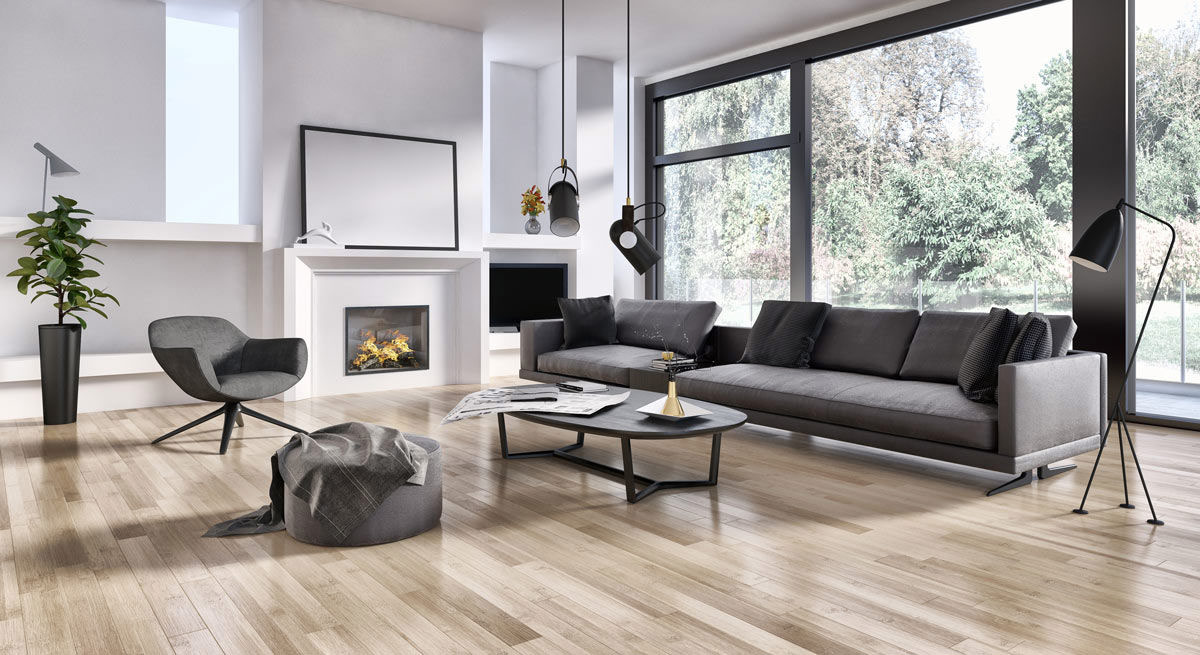
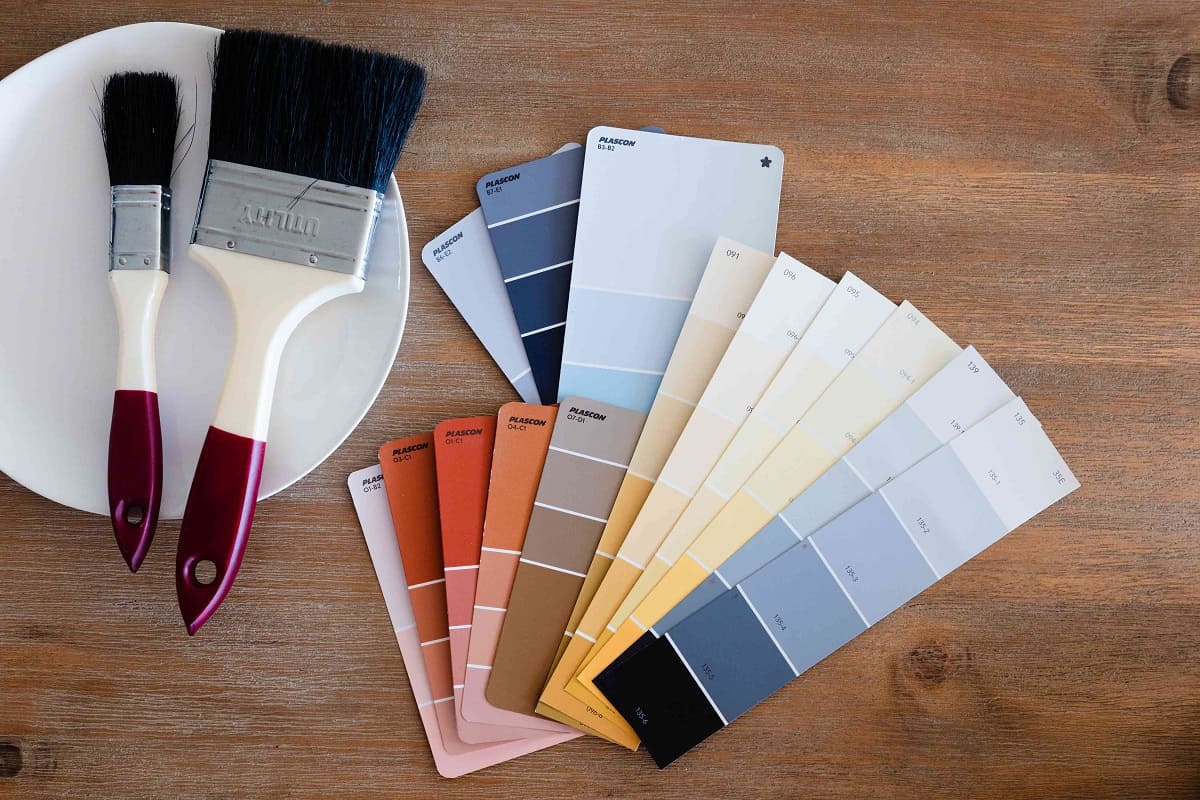
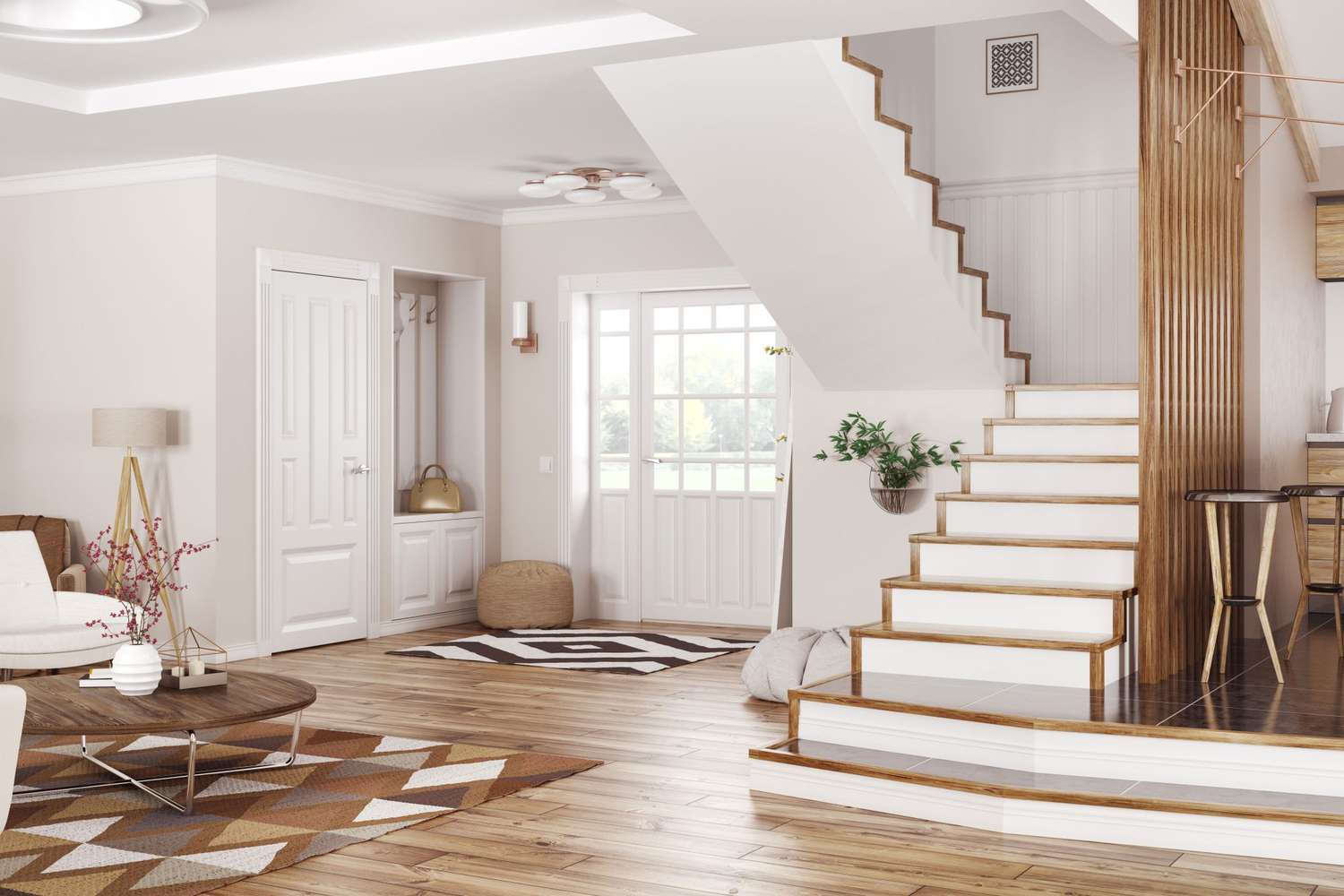
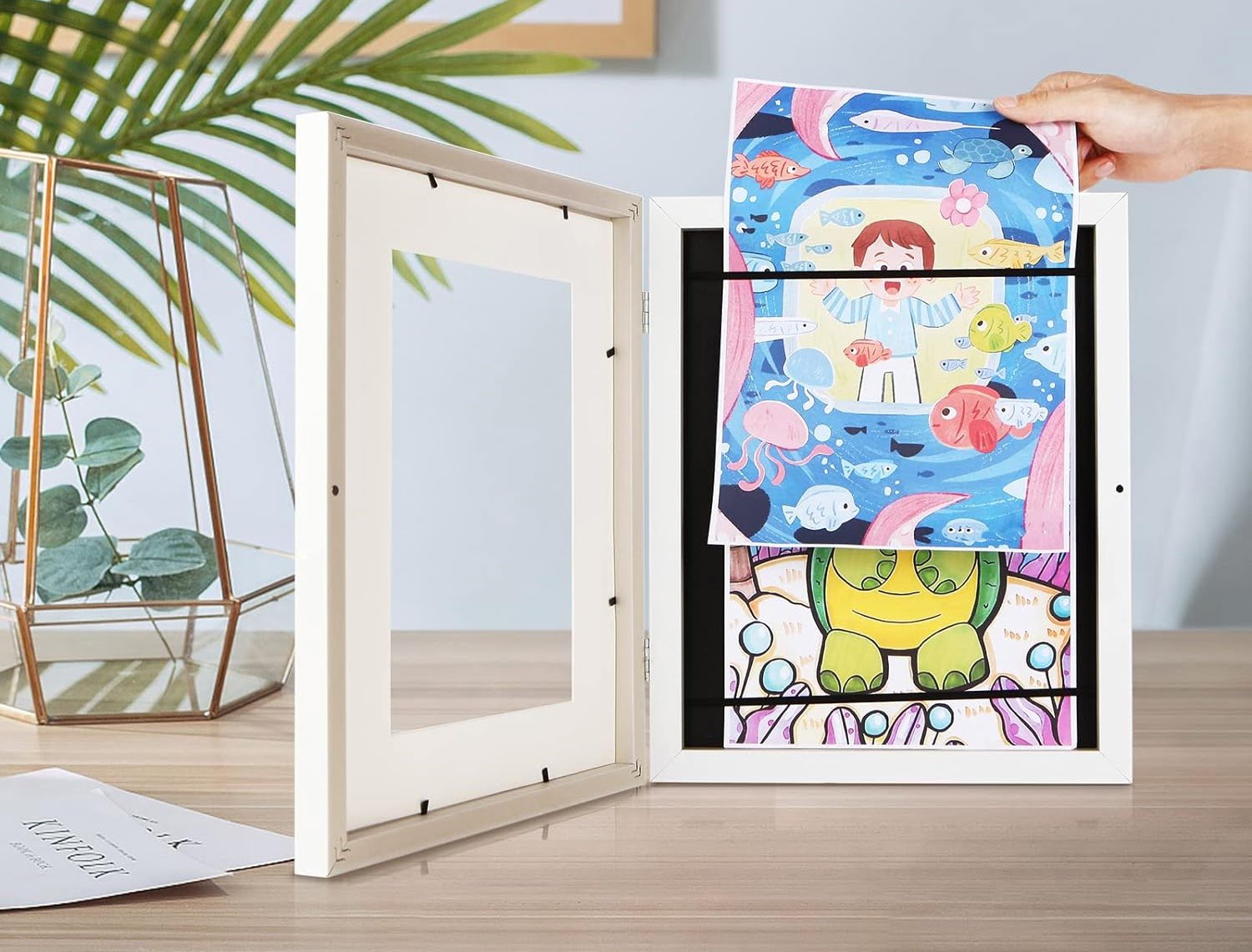
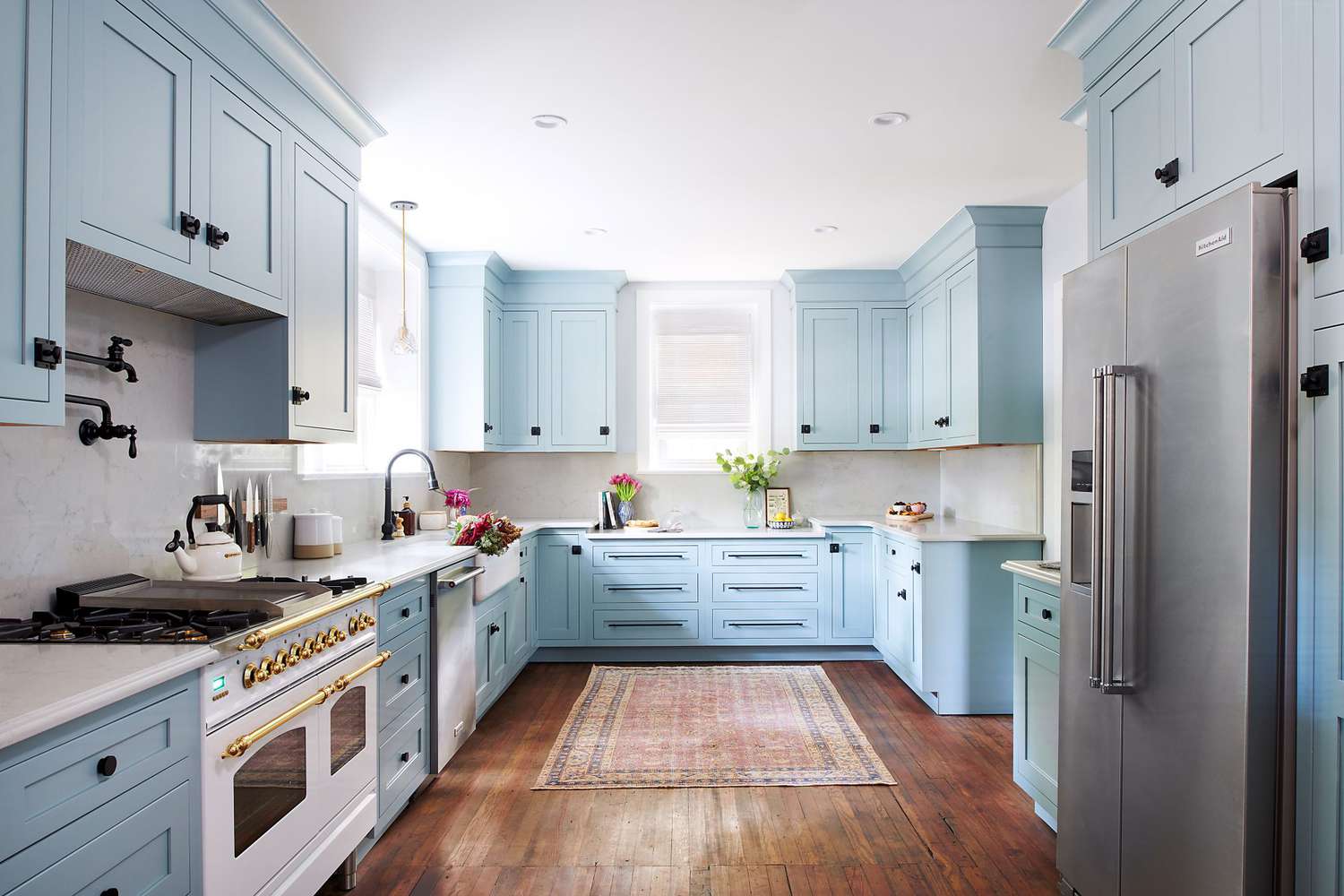
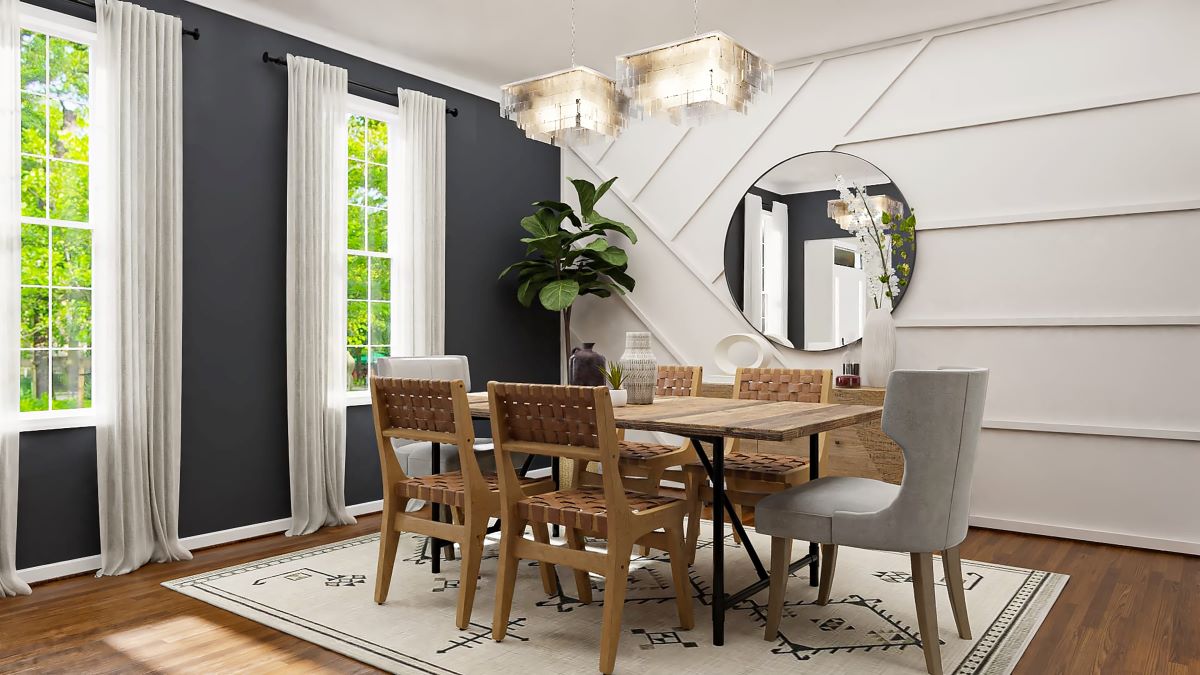
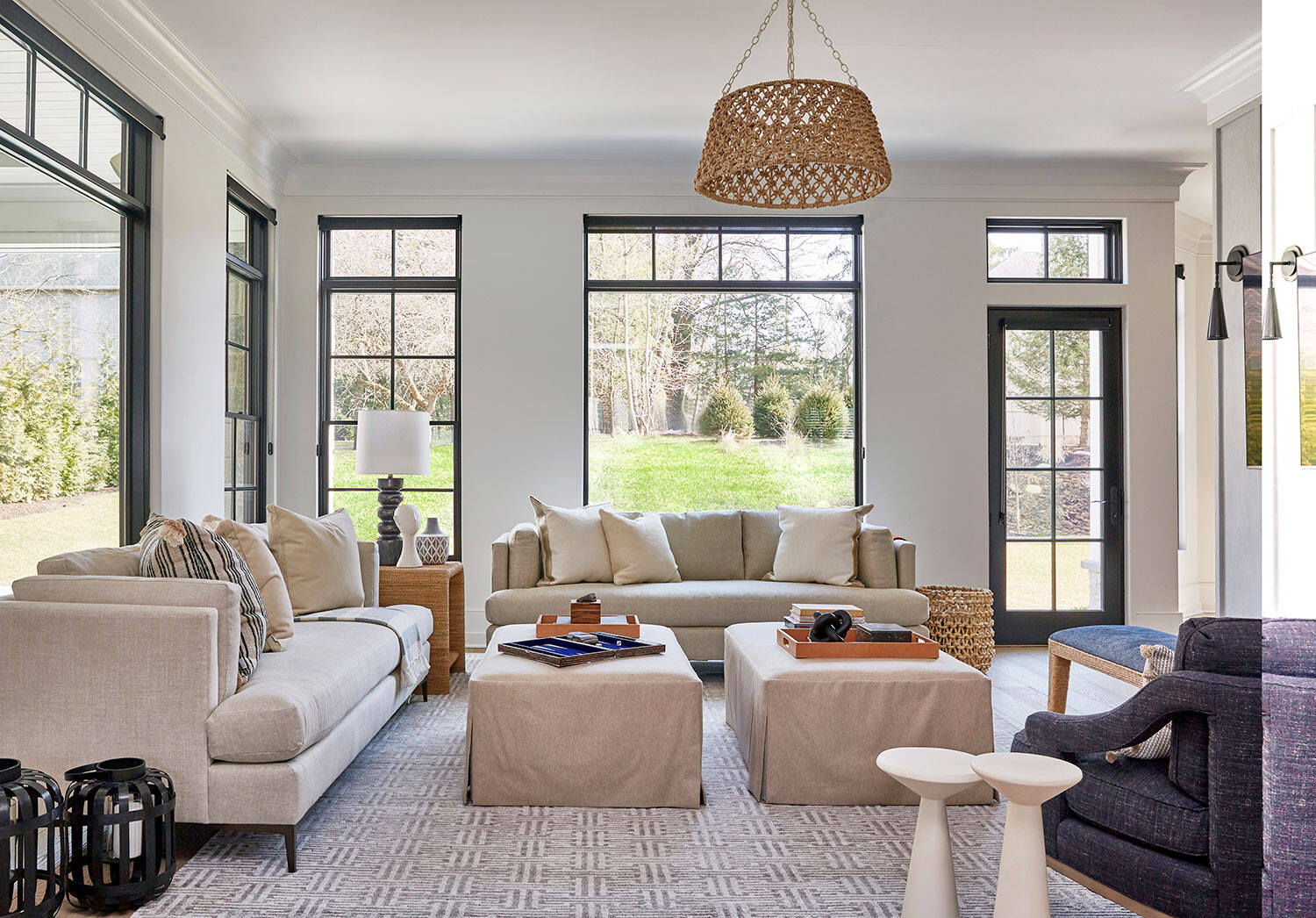

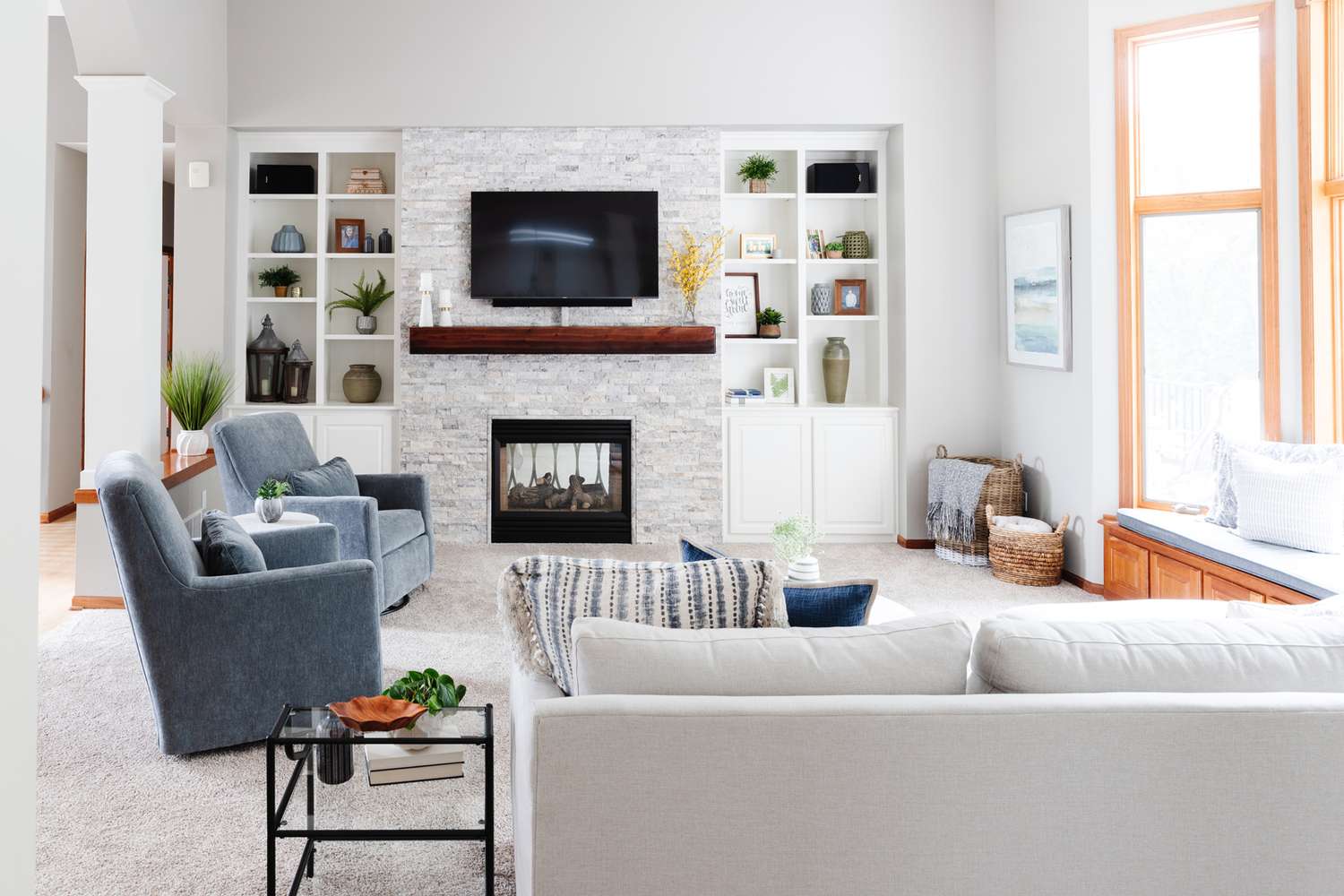
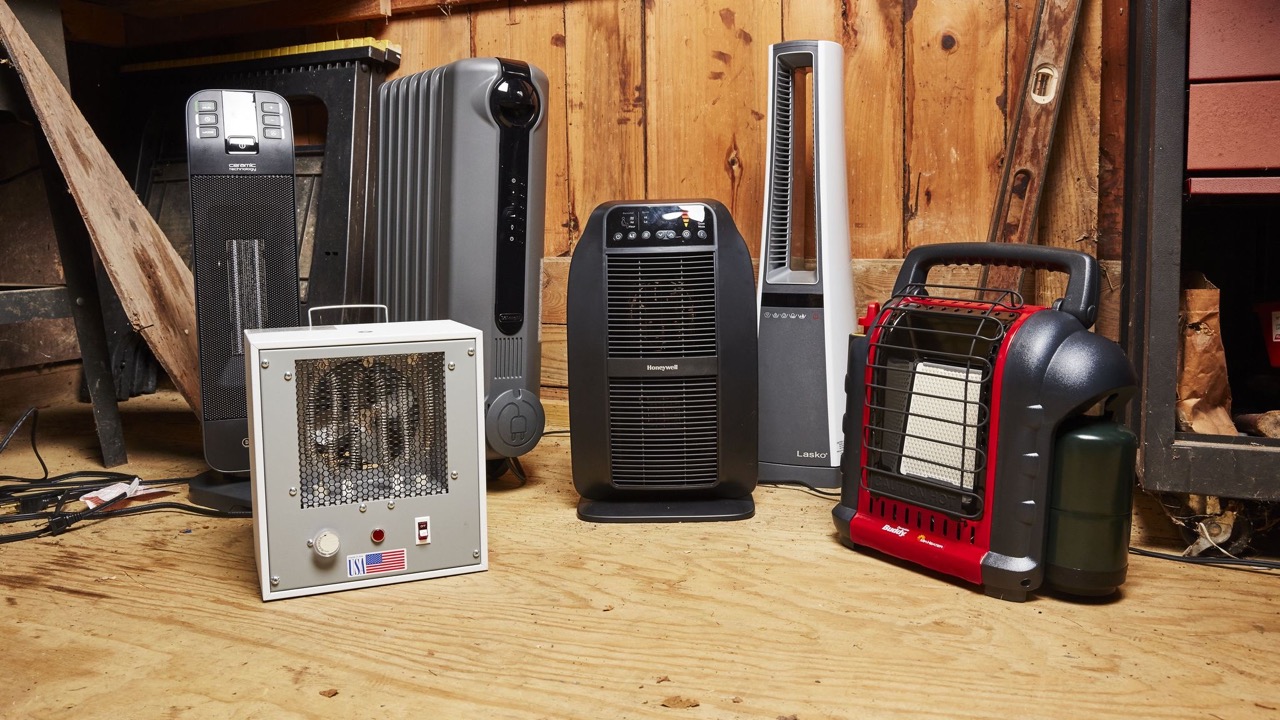

0 thoughts on “Best Types Of Paint For Children’s Rooms”